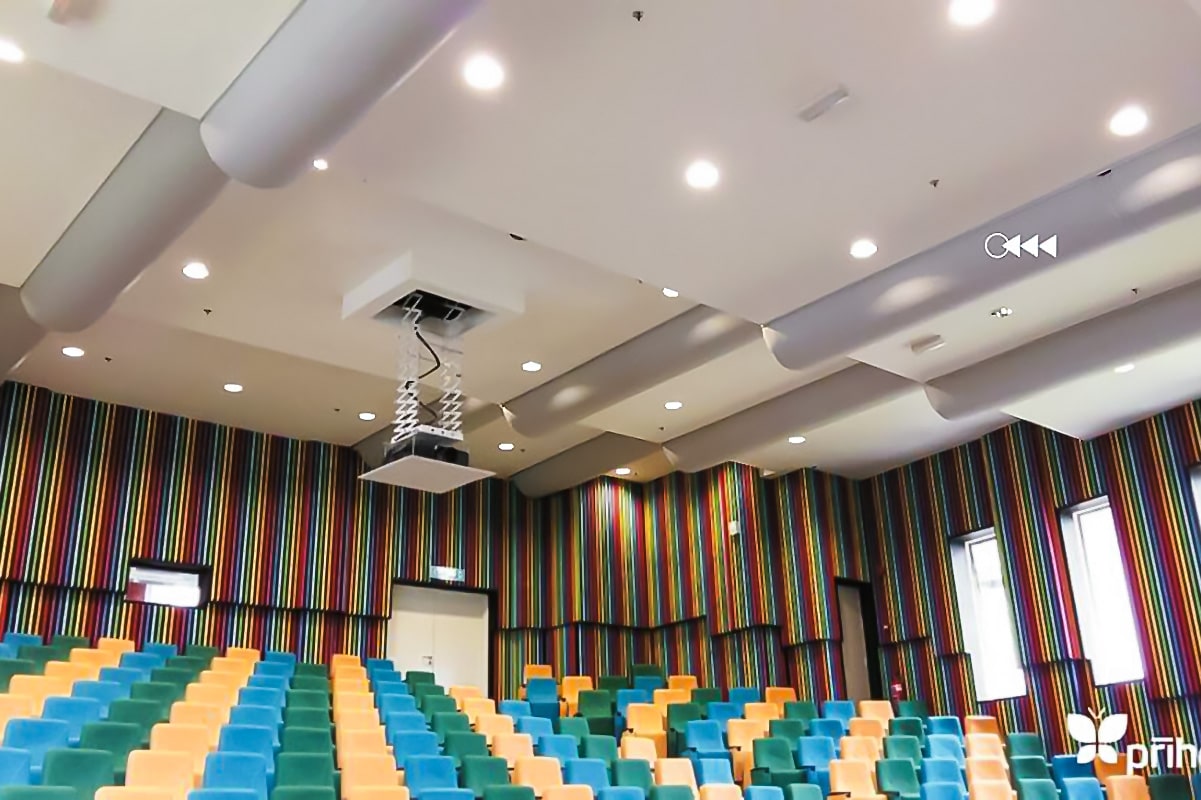Smart Ventilation Solutions to Reduce Your Carbon Footprint


As businesses across the UK face growing pressure to meet environmental targets, the spotlight is turning to every aspect of building management, including how air is circulated and controlled. Ventilation may not be the most visible part of a building’s infrastructure, but it plays a significant role in energy consumption and overall environmental performance.
With sustainability no longer a nice-to-have but a requirement, smart ventilation systems are becoming essential for commercial and industrial spaces. Among the most effective tools in this shift are fabric ducting systems, which offer a flexible, efficient and environmentally responsible alternative to traditional metal ductwork.
Rethinking Traditional Ventilation
Conventional metal ductwork has long been the go-to option for HVAC systems. While reliable in function, it is often heavy, inflexible and energy-intensive to manufacture and install. Over time, metal ducts can also accumulate dust and bacteria, potentially compromising air quality and requiring chemical-based cleaning methods.
By contrast, fabric ducting is lightweight, quick to install and can be tailored to suit the exact airflow and layout needs of a building. It distributes air more evenly and quietly, reducing the strain on HVAC systems and helping to improve occupant comfort without increasing energy use.
The Environmental Edge of Fabric Ductwork
Fabric ductwork stands out not just for performance but also for its sustainability credentials. The production of fabric ducting involves significantly fewer raw materials and energy compared to metal systems. Prihoda fabric ducting systems offer a sustainable range made from 100% recycled materials, helping to divert plastic waste from landfill and reduce the carbon footprint of new installations.
Additionally, fabric ducts are designed for durability. With proper maintenance, they can last many years and are fully washable, reducing the need for harsh cleaning chemicals or premature replacement. This supports both environmental goals and long-term cost savings.
Energy Efficiency Through Smart Airflow
One of the major advantages of fabric ducting is its ability to deliver air precisely where it is needed. Unlike metal ducts, which rely on dampers and diffusers that can reduce airflow efficiency, fabric systems use laser-cut perforations or nozzles to direct air with minimal energy loss.
This targeted delivery reduces the workload on heating and cooling systems, meaning less energy is required to maintain indoor comfort. In large commercial or industrial settings, these small improvements in efficiency can add up to meaningful reductions in energy use and emissions.
Adapting to a Circular Economy
In a world where circular design is becoming the standard, choosing building components that can be reused, recycled or repurposed is essential. Fabric ductwork aligns with this ethos. Not only can it be produced from recycled materials, but it can also be recycled again at the end of its life, contributing to a circular supply chain.
Creating a Healthier Indoor Environment
While reducing carbon emissions is critical, ventilation also affects the health and wellbeing of building occupants. Poor air distribution or quality can lead to discomfort, decreased productivity and even respiratory issues.
Fabric ducting provides an even, draft-free distribution of air, reducing hotspots and cold zones. The materials used can also incorporate antimicrobial treatments that help maintain clean, healthy air inside.
Making Informed Choices
For businesses aiming to reduce their environmental impact without compromising performance, fabric ductwork offers a compelling solution. Whether upgrading an existing system or designing a new build, considering the environmental performance of your ventilation setup can deliver both immediate and long-term benefits.
By embracing innovative, low-impact systems like fabric ducting, companies can play a more active role in reducing carbon emissions, improving indoor air quality and building towards a more sustainable future.
Looking for more information?
Our experts are on hand to answer any questions. Why not give us a call or drop us a message, We’ll work with you to find the right solution.
Contact us

